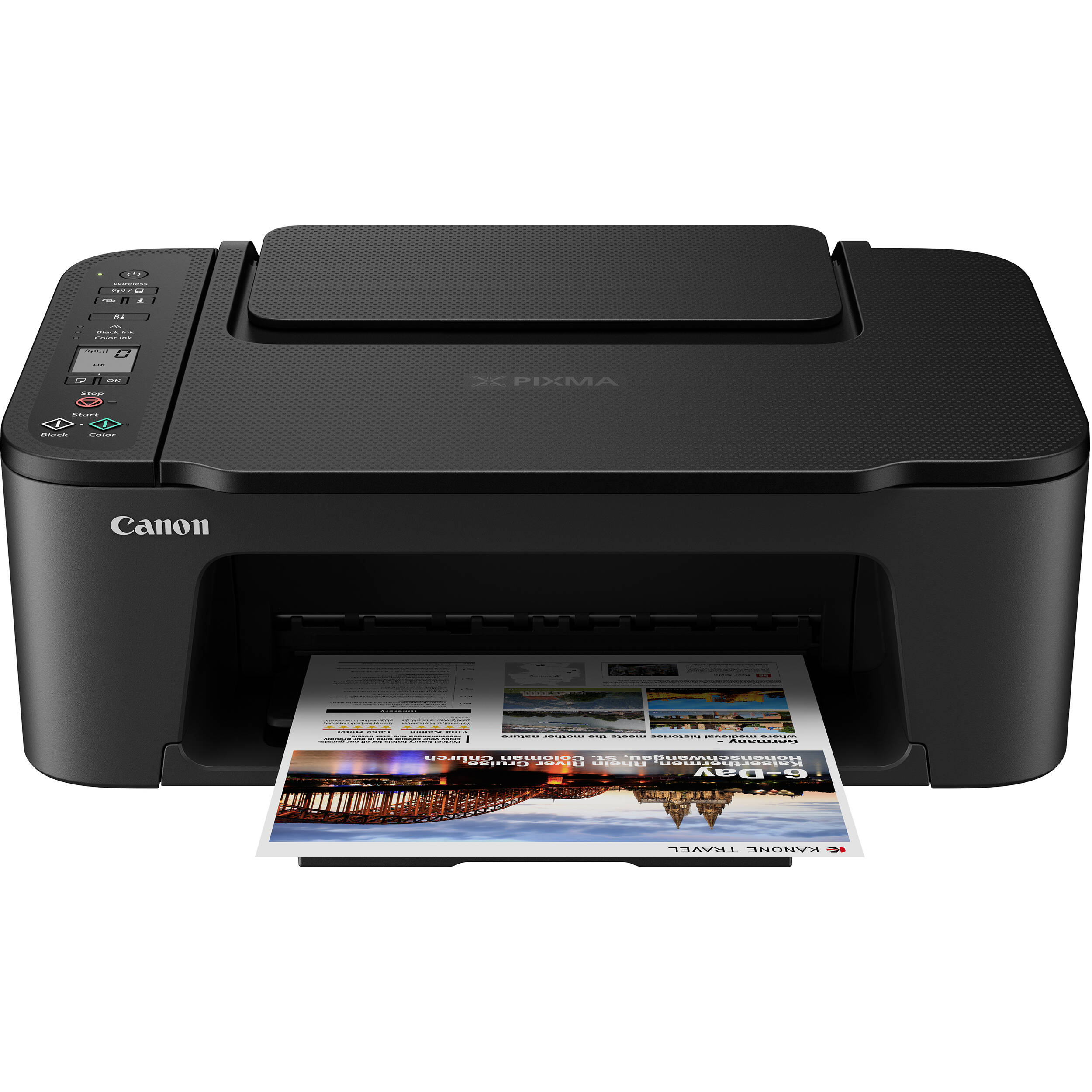In the realm of modern printing technology, laser printers have carved a niche for themselves, offering speed, efficiency, and high-quality output. However, like any technology, they come with their own set of disadvantages that can impact users' choices. In this article, we will delve into the various drawbacks of laser printers, providing a nuanced understanding that goes beyond surface-level observations.
- Initial Cost and Investment
One of the most significant disadvantages of laser printers is their initial cost. Compared to inkjet printers, laser printers typically have a higher upfront price tag. This can be a deterrent for small businesses or individuals who are looking for budget-friendly printing solutions. While laser printers are often more cost-effective in the long run due to lower cost-per-page ratios, the initial investment can be a barrier for many users.
- Size and Portability
Laser printers tend to be bulkier than their inkjet counterparts. This size can be an issue for users with limited space, such as home offices or small businesses. The weight and dimensions of laser printers can also make them less portable, which is a disadvantage for users who require a printer that can be easily moved or transported. In contrast, many inkjet printers are designed to be compact and lightweight, catering to users who prioritize portability.
- Limited Color Range
While laser printers excel in producing sharp text and graphics, they often fall short in color accuracy and vibrancy compared to inkjet printers. The color gamut of laser printers is generally narrower, which can be a disadvantage for graphic designers, photographers, or anyone who requires precise color reproduction. This limitation can lead to dissatisfaction when printing images or documents that rely heavily on color fidelity.
- Warm-Up Time
Another notable drawback of laser printers is their warm-up time. Unlike inkjet printers, which can start printing almost instantly, laser printers require a brief period to heat up before they can begin printing. This can be inconvenient in fast-paced environments where quick printing is essential. Users may find themselves waiting for the printer to warm up, which can disrupt workflow and lead to frustration.
- Toner Dependency and Environmental Concerns
Laser printers utilize toner cartridges, which can be more expensive than ink cartridges in the long run. While toner cartridges yield a higher number of pages, the cost of replacement can add up, especially for users who print frequently. Additionally, the environmental impact of toner cartridges is a growing concern. Unlike ink, which can be biodegradable, toner is made from plastic and chemicals, raising questions about sustainability and waste management.
- Maintenance and Repairs
Laser printers can require more maintenance than inkjet printers. The complex internal mechanisms, including the drum and fuser, may need periodic replacement and servicing. This can lead to increased downtime and repair costs, particularly for businesses that rely heavily on their printing capabilities. In contrast, inkjet printers are often simpler in design and may require less frequent maintenance.
- Noise Levels
While laser printers are generally quieter than inkjet printers during operation, they can produce noticeable noise during the printing process, especially when the printer is warming up or when the paper is being fed through the machine. This can be a disadvantage in quiet office environments or home settings where noise levels need to be kept to a minimum.
Conclusion
In conclusion, while laser printers offer numerous advantages, such as speed and high-quality text output, they also come with a range of disadvantages that potential users should consider. From higher initial costs and limited color reproduction to maintenance challenges and environmental concerns, understanding these drawbacks is crucial for making an informed decision. As technology continues to evolve, users must weigh the pros and cons of laser printers against their specific needs and preferences, ensuring that they choose the right printing solution for their unique circumstances.

